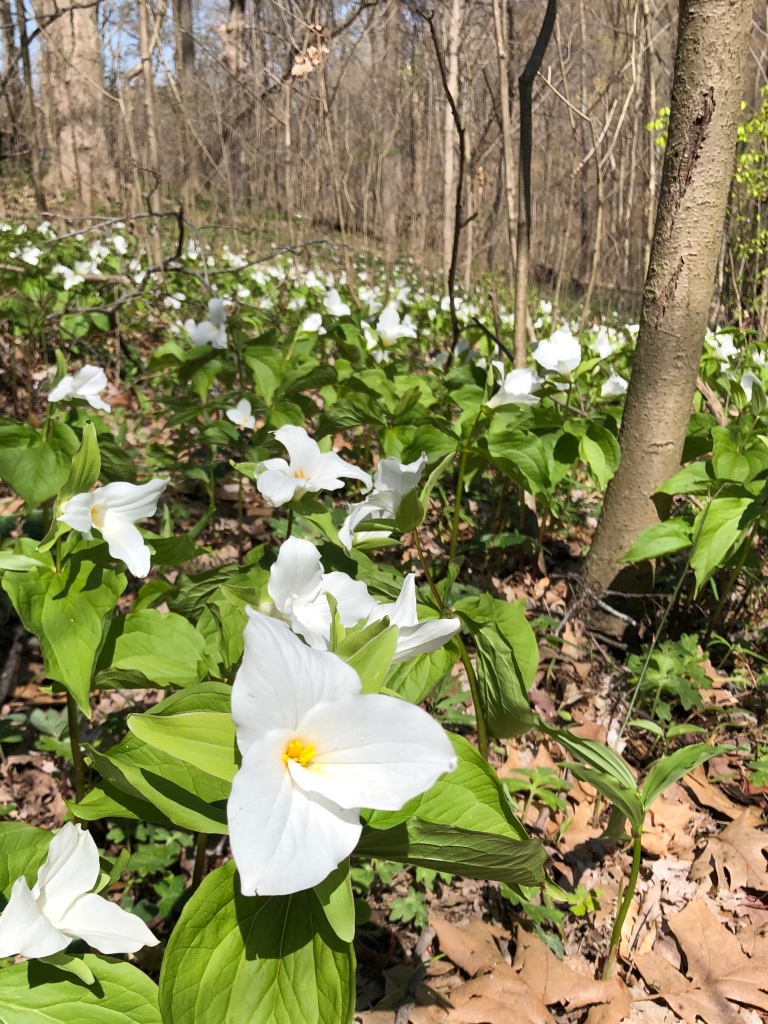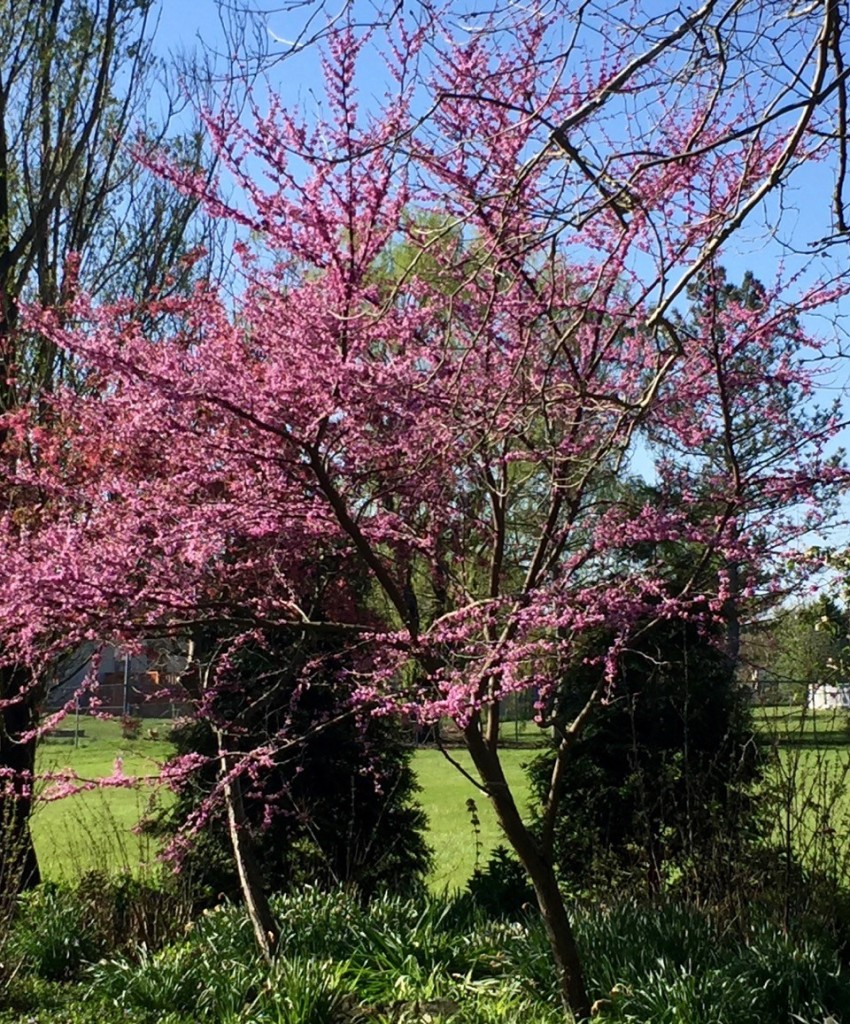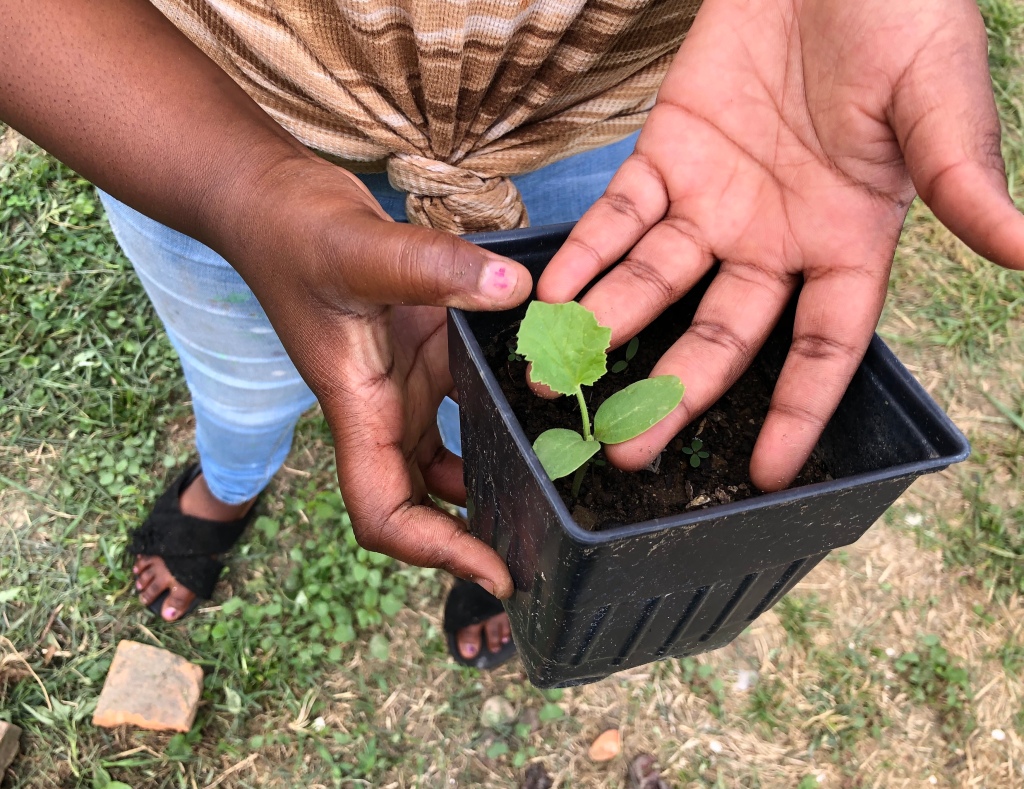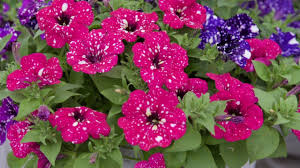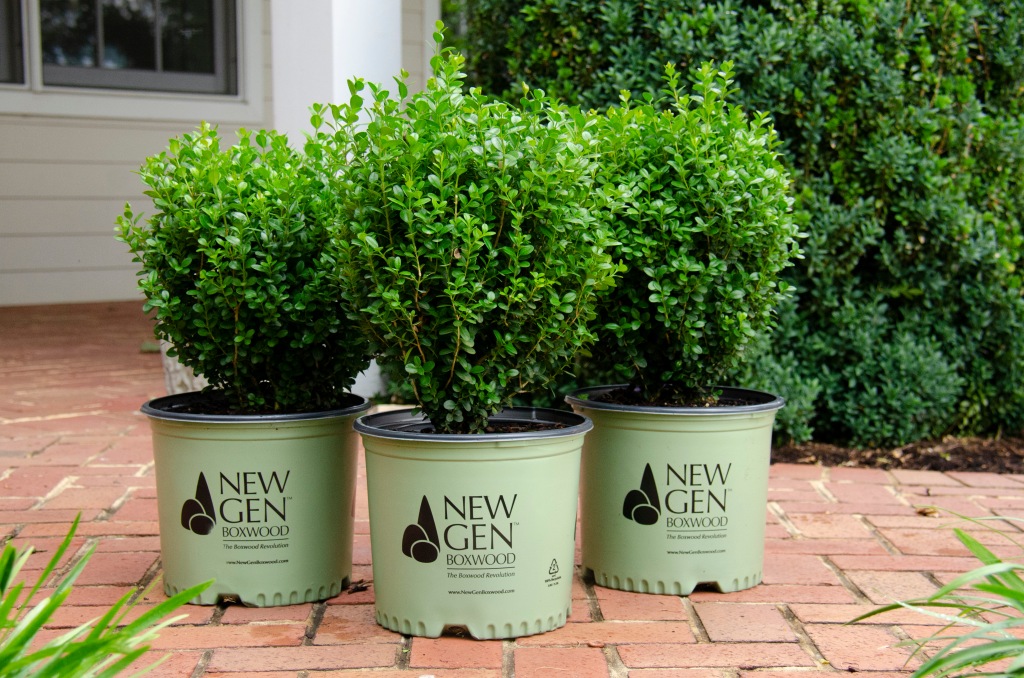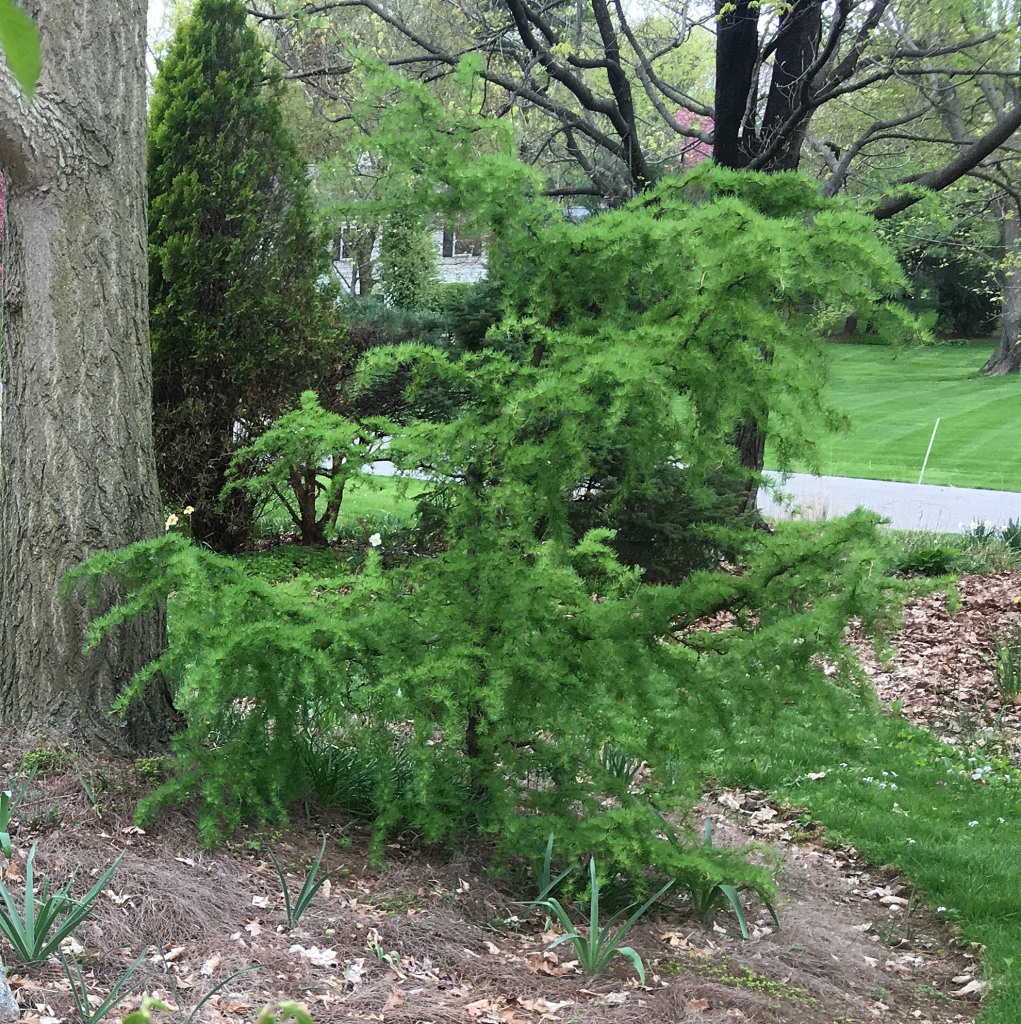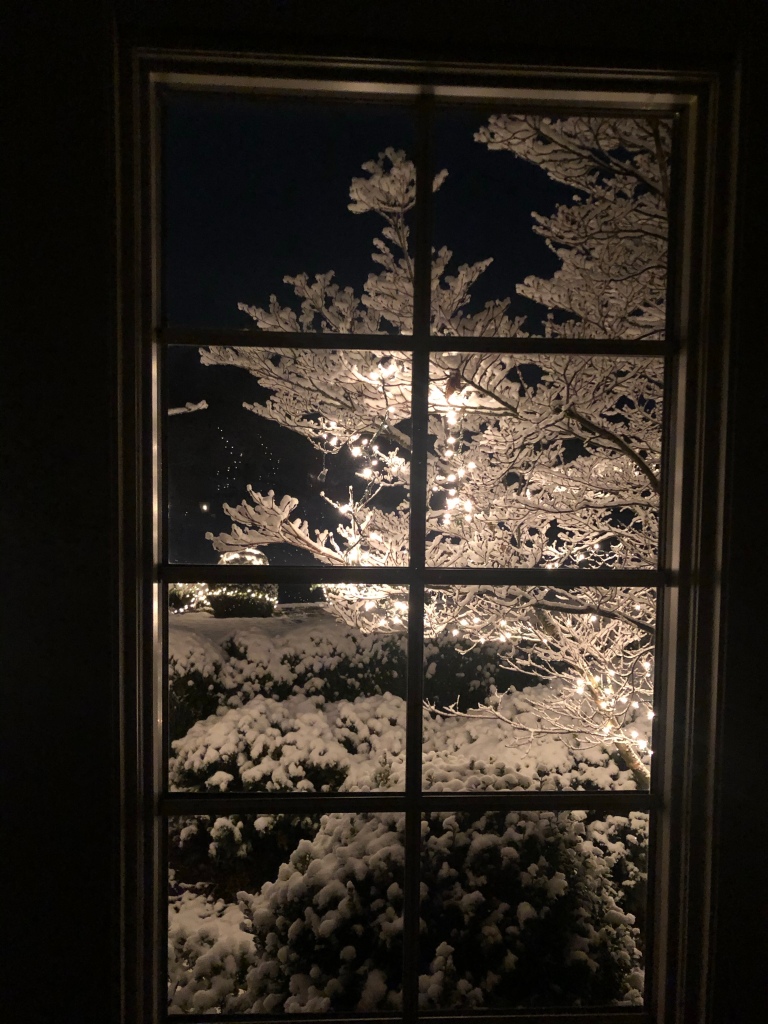By Teresa Woodard and Debra Knapke

Dear Gardening Friends,
It is with sad hearts that we share the news of Michael’s recent passing. He was a dear friend, talented writer, faithful Christian and consummate gardener. For 10 years, we have been writing this blog together to celebrate the Midwest’s seasons of gardening. Along the way, we shared wonderful visits, traveled to gardens and attended garden conferences together. We also saw Michael courageously fight and win his battle with cancer.
Many times, we sat on Michael’s back porch and brainstormed our next round of blog topics. He would make us tea to enjoy as we looked out into his backyard paradise. And he often sent us home with plants or cuttings from his garden. He was our editor and thoughtfully edited our pieces while keeping our voice. He only made our writing better and always encouraged us to write more descriptively.
As a tribute to Michael, we thought we might share a few gems from his inspiring blog posts and essays.

His Love of Daffodils: He wrote, “they may lack the regal elegance of lilies and voluptuousness of roses and peonies, but daffodils are the flowers that make my heart leap highest.” While in his early 40s, they came to symbolize hope for him. He shared during a dark valley time of life, a friend gave him a bag of bulbs as a birthday gift. After a tough day of work as an office temp, he came home and planted the bulbs. He wrote, “while digging holes, I thought, ‘these symbols of spring will be blooming in a few months. When they do, my life will be as different as the pastel spring scene is from the gray, gloom of late November.’” That April, his daffodils and spirits blossomed together, and he continued planting a couple more dozen each fall.
His Vegetable Gardening Struggles: Michael planted vegetable crops each year and loved the challenge of extending the season with cold frames to jump start spring seedlings and row covers to grow kale late into the winter. One year, he even resolved to give up vegetable gardening, but friends and family who enjoyed the harvests he shared are thankful he persisted.
His Garden Wit: We appreciated Michael’s snarky take on rainy days and winter snows. In Spare Me the ‘S’ Word, he makes fun of forecasters who “can’t wait until the world becomes a floured mess.” He described Daylight Savings as “the black expanse as vast and forbidding as Siberia.” He also made fun of Groundhog Day and suggested “gardeners apparently weren’t consulted when groundhogs were chosen as prognosticators of winter’s duration,” since the creatures chew up his barn floors and wrecked havoc amongst his vegetables. He even laughed at himself in Garden Downsizing as he wondered how to bid farewell to a jealous lover, his clever metaphor for a beautiful but demanding garden.

His Favorite Tool: One season, we decided to write about our favorite gardening tools, and Michael chose the edging iron. He wrote, “edging is the landscape equivalent of tucking in a shirttail, pinning back stray hairs and putting scattered papers into a straight stack.”
His Grateful Heart: One Thanksgiving, Michael wrote about Growing Gratitude and encouraged readers to be thankful for those who introduced you to gardening and nurtured you along the way. He specifically remembered his Grandpa Leach with his “furrows straight as laser beams” and his grandmother who had “a higgledy-piggledy collection” of plants in her small backyard. He also expressed his appreciation for nature’s beauty and its Maker.

His Last Post: In late March, Michael wrote Garden Party for Native Plants and encouraged readers to add more native plants to their carts when plant shopping this spring. Michael’s own yard was filled with redbud trees, dogwoods and sugar maples. We encourage you to plant one of these trees or a handful of daffodils to remember Michael. In a Memorial Day post, he wrote “such plants make me smile. Perhaps because I remember the donors in their gardening years, active, yet at peace, working in their little Edens.”

